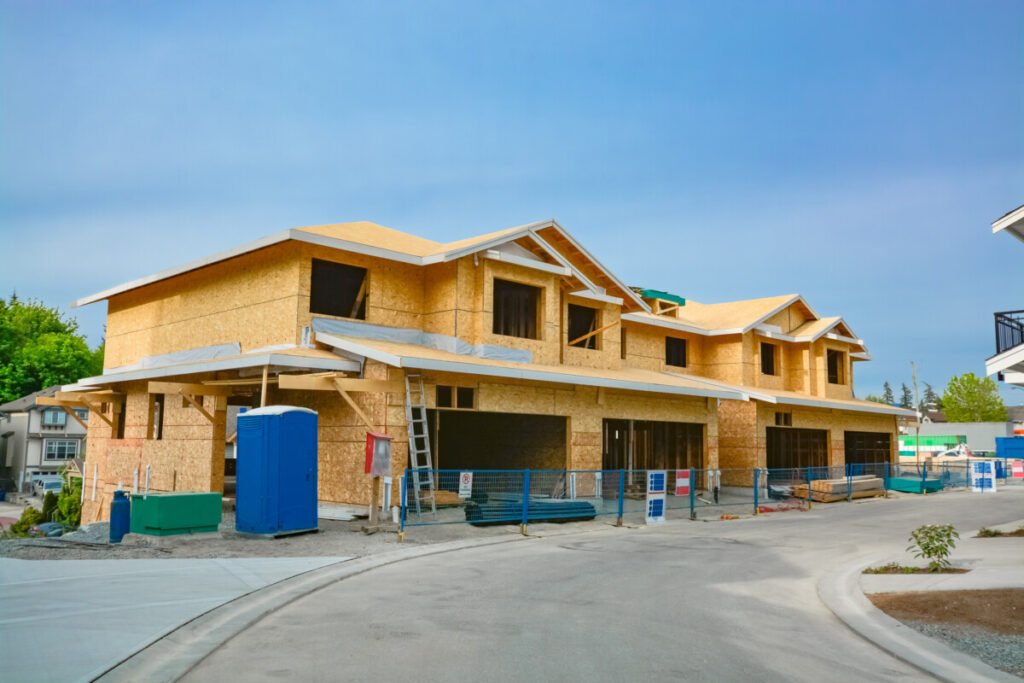Life doesn’t always go as planned, and sometimes a dream renovation project or new construction can become more of a burden than a blessing. Whether you’ve run out of funds midway through a remodel, inherited a half-finished property, or faced unexpected life changes, you’re not alone. Many homeowners find themselves needing to sell an unfinished house each year. With the right approach, knowledge, and strategy, you can successfully navigate the sale and move forward.
Understanding the Definition of “Unfinished”
An unfinished house is simply not move-in ready. It may lack essential components like functional plumbing, finished flooring, complete electrical systems, or even basic drywall. The range of “unfinished” is quite broad.
On one end of the spectrum, you have shell homes with completed exteriors but bare interiors. These properties have the structure but lack interior finishing. Framed houses represent another category, where the structural skeleton exists but lacks walls and insulation. Dry-in homes are weatherproofed but lack interior finishes. Partially renovated properties are common, where some rooms are remodeled while others remain untouched.
The distinction between unfinished new construction and abandoned renovations is crucial. New construction projects usually have clear documentation and permits, while renovation projects may have unpermitted work or hidden issues.
Reasons Homeowners Sell Unfinished Properties
Financial constraints are the most common reason for selling unfinished properties. Renovations often go over budget, leading to stalled projects. Contractor problems, unexpected life events, and inherited properties are also common factors. Design errors and permitting issues can further complicate matters.
Challenges of Selling an Unfinished House
Limited Financing Options
Conventional mortgages may not be available for unfinished properties, limiting the buyer pool to cash buyers or those with specialized construction loans.
Lower Property Values
Appraising unfinished properties can be challenging, leading to lower-than-expected valuations due to completion costs and perceived risks.
Negative Stigma
Unfinished properties face negative perceptions, affecting buyer interest and offer amounts due to suspicions about the reasons for the unfinished state.
Extended Time on Market
Selling an unfinished house typically takes longer than move-in-ready homes, as buyers may be hesitant due to the incomplete state.
Legal and Compliance Considerations
Addressing Legal and Permitting Issues
Before listing an unfinished property, ensure compliance with building codes and disclose any unpermitted work to avoid legal complications.
Gathering Documentation
Collecting permit records, inspection reports, and contractor invoices is essential to demonstrate completed work and compliance with regulations.
Disclosure Requirements
Transparency in disclosing defects, incomplete work, and failed inspections is necessary to comply with legal obligations and build trust with buyers.
Preparing an Unfinished Property for Sale
Even though the house is unfinished, presentation matters. Cleaning up the property, organizing documentation, addressing safety concerns, and improving curb appeal can enhance its marketability.
Strategic Pricing and Valuation
Pricing an unfinished house requires careful consideration of completion costs, comparable properties, and room for negotiation to attract potential buyers without undervaluing the property.
Marketing to the Right Audience
Targeting investors, developers, and buyers seeking customization opportunities can help market an unfinished property effectively. Emphasizing potential, location benefits, and visual aids can attract the right buyers.
Understanding Buyer Financing Options
Educating potential buyers about financing options like FHA 203(k) loans or construction-to-permanent loans can facilitate the sale of an unfinished property. Cash buyers often dominate this market due to their flexibility.
Selling Options for Unfinished Houses
Sellers can choose to sell as-is to cash buyers, negotiate completion arrangements with buyers, finish the house before selling, or market it as an investment opportunity based on market conditions and personal preferences.
Moving Forward with Confidence
Selling an unfinished house may pose challenges, but with the right approach and preparation, homeowners can successfully navigate the process and move forward confidently towards their next chapter.

